When photographer Paula Salischiker saw an American TV series about extreme hoarders, she felt instinctively that the way they were being portrayed wasn’t fair. “They are usually shown under a very obscure light, like objects themselves,” Salischiker said via email. “I somehow felt there was something else beyond these stories of horror portrayed with the question of, ‘How can anyone live like that?’ in mind.”
In the 2½ years since she started her series, “The Art of Keeping,” Salischiker has been invited to photograph six homes in London and Essex after attending a self-help group for hoarders and posting an ad on a website dealing with hoarding habits. “The process of finally visiting their homes was difficult, as they accepted with a lot of energy and then became a bit worried about my possible presence there,” Salischiker said. “For a hoarder, sharing their space can be a menace. Many of them also suffer from other mental health conditions, so letting someone into their homes is something they might have not done for years. I felt privileged to enter their lives and welcomed at their homes, despite the clutter.”
Originally, Salischiker wanted to take portraits of the hoarders in their homes. But although her subjects recognized themselves as hoarders, their families, friends, or colleagues often didn’t know about their condition. Anonymity, therefore, became essential, and Salischiker’s photographs came to mostly focus on the clutter rather than the hoarders themselves. “I also realized their objects constituted them, formed their identities, and were themselves in a way. Showing the objects they felt close to, depicting this bond with the material world around them might portray them better than if I showed their faces,” Salischiker said.

Paula Salischiker
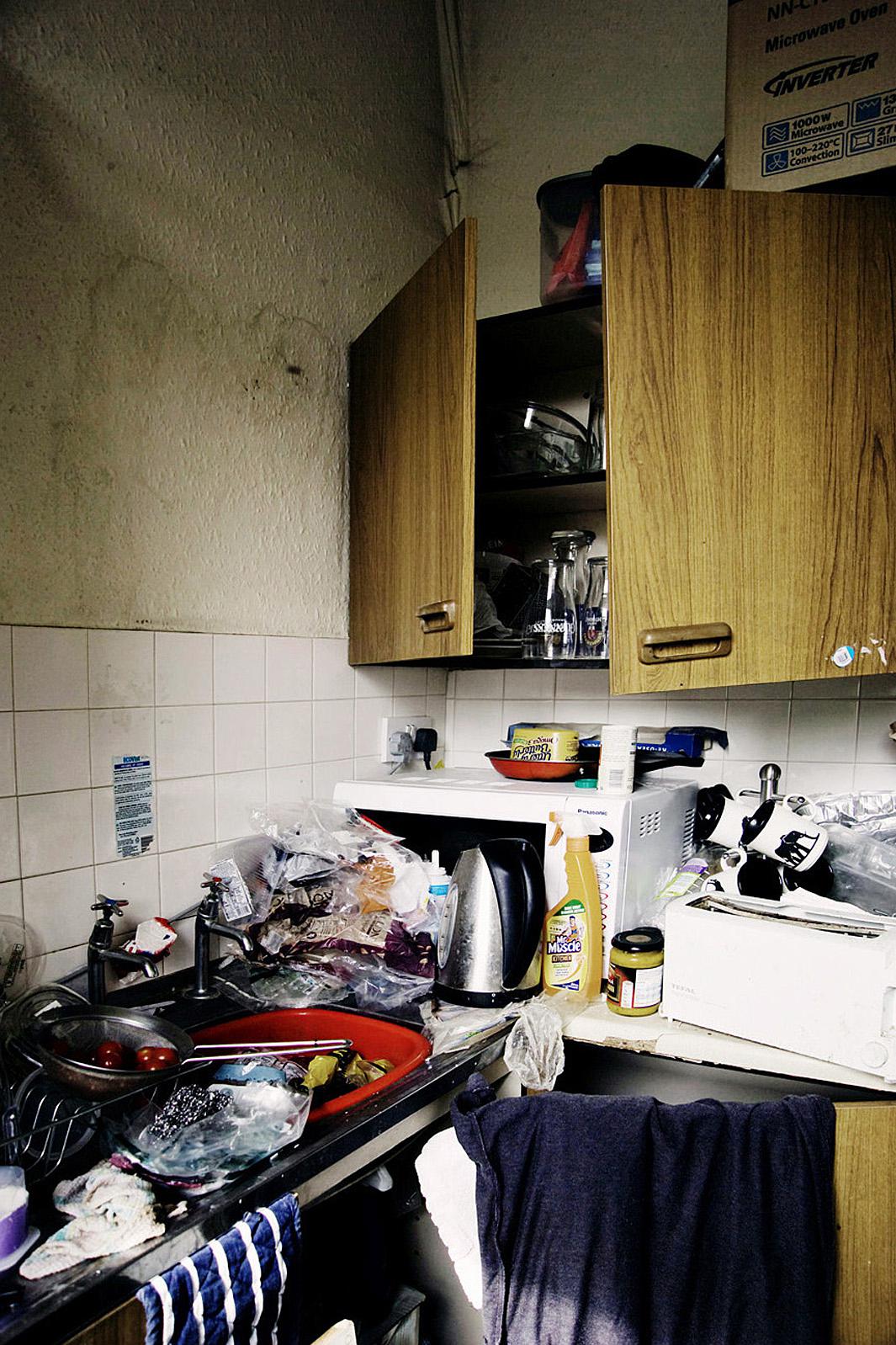
Paula Salischiker
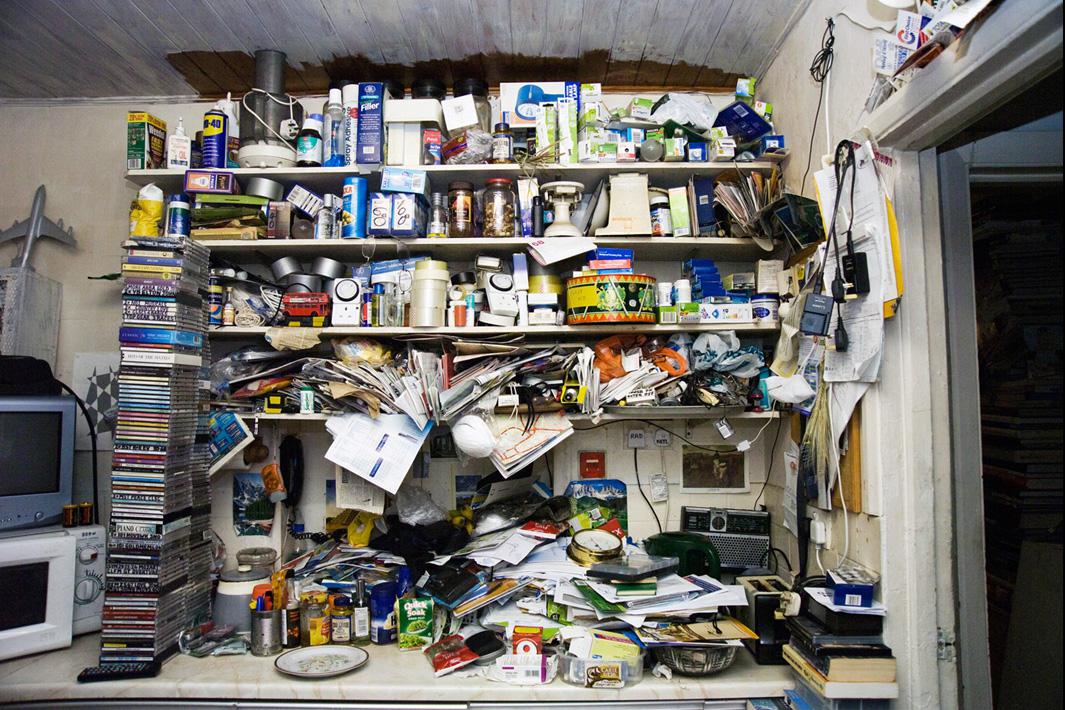
Paula Salischiker
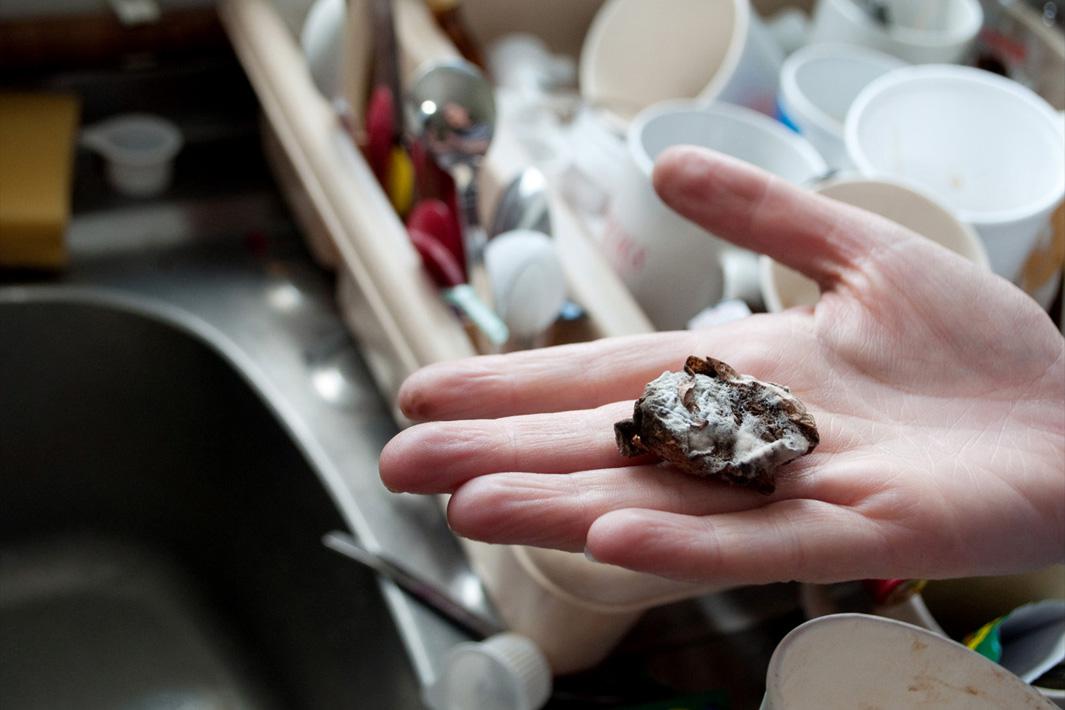
Paula Salischiker
Talking with her subjects helped Salischiker learn more about the suffering involved with having their condition. “Hoarding takes a lot of energy and time from the people who suffer it, and it is tiring both mentally and physically. There is the constant moving of items, carrying them, worrying about them. There are also health hazards: The gases emanated by accumulated garbage are toxic and can cause fires. It is not a mental illness that never materializes: They face constantly the challenge of being surrounded by that which constitutes their main problem.”
For Salischiker, photographing in severely cluttered spaces, in which the smallest item can hold great significance, was a challenge. “I felt worried I would break something really important for them, or step on a precious, irreplaceable item,” Salischiker said. “Nothing is a detail for a hoarder, and that is the main thing with this condition: They cannot distinguish and establish the importance of the objects around them. Any sort of hierarchy is lost. I took very little equipment with me to their home. I wanted to interfere as little as possible with the space.”

Paula Salischiker

Salischiker’s series is ongoing, and she plans to photograph hoarders in Uruguay next. “The very fact that the project can be continued in South America proves that the condition is not only related to the wealth of a country or consumerism. Hoarding is … more common than we think,” she said.
You can follow Salischiker’s work on her website and on Facebook.
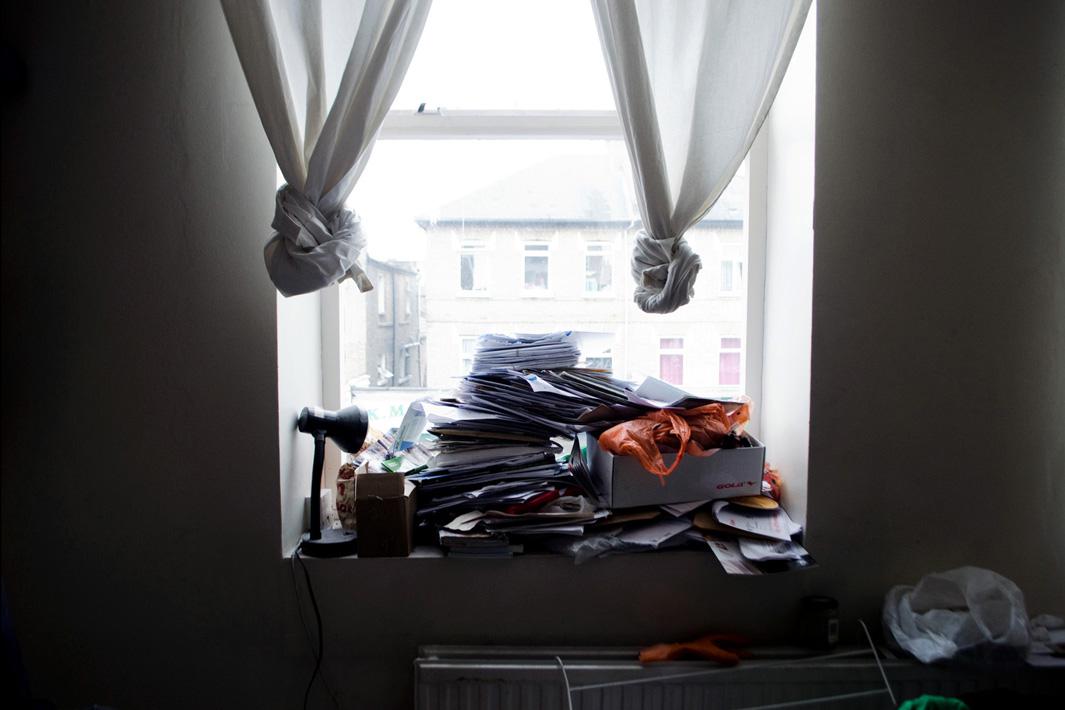
Paula Salischiker
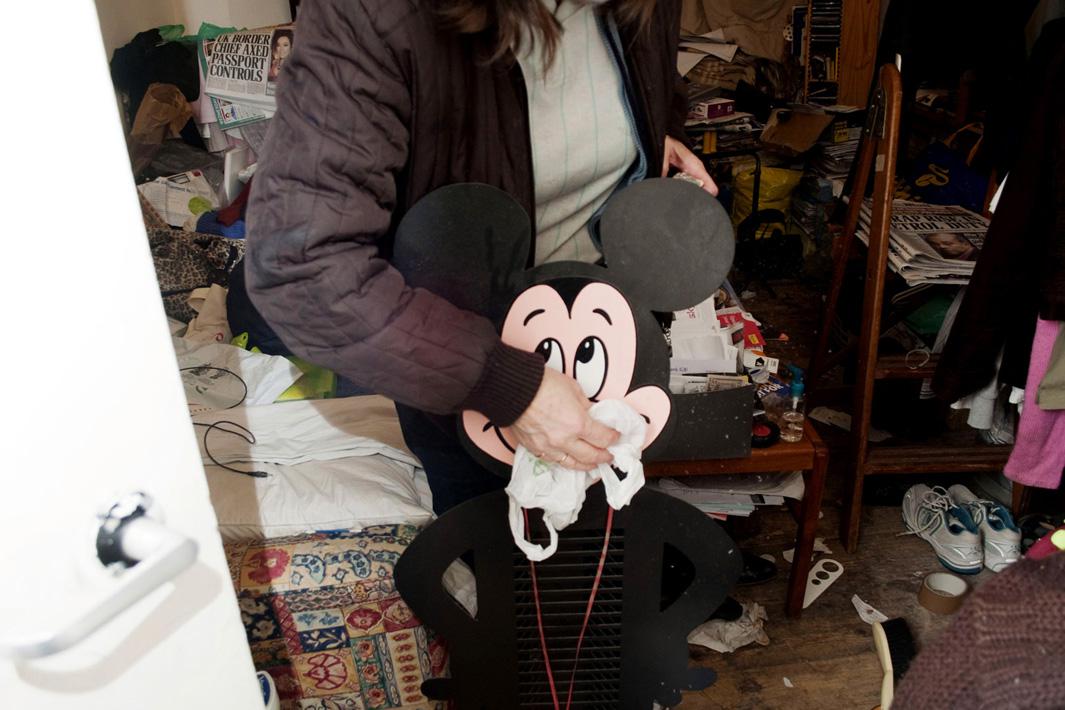
Paula Salischiker
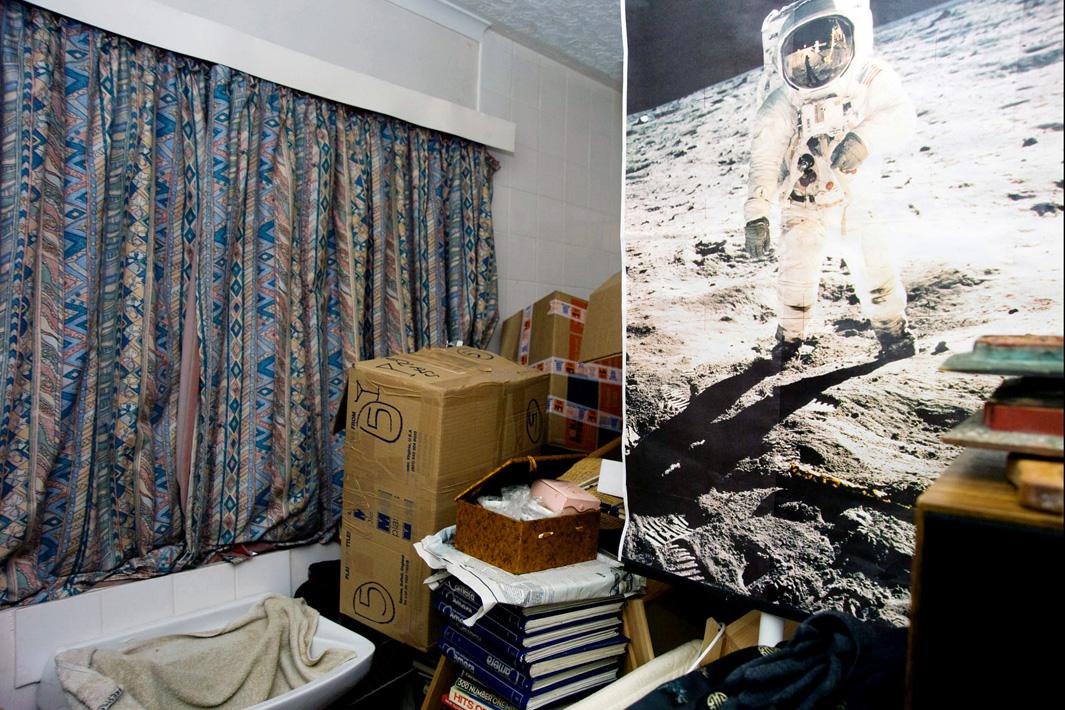
Paula Salischiker
